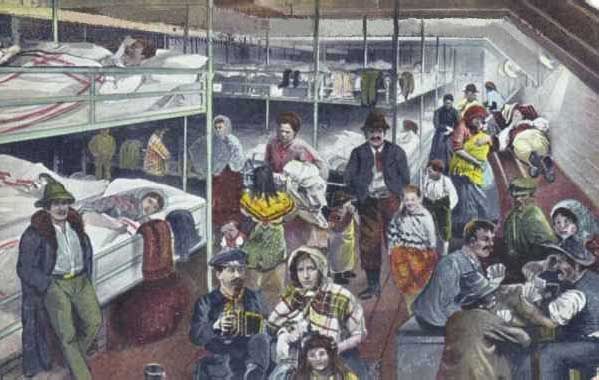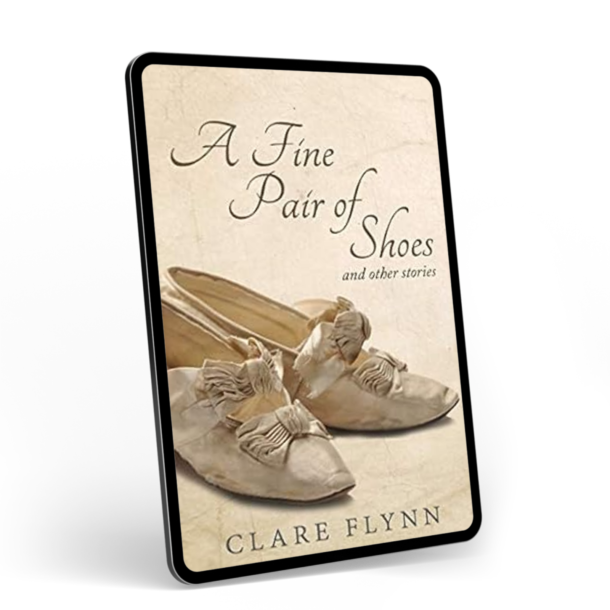One of the essentials of writing historical fiction is that you get your background details right. What I hadn’t realised when I started on this journey was that I would have to do so much research around modes of transport. I’d never shown the remotest interest in it as a subject (apart from spending one afternoon with my nephew in the London Transport Museum about fifteen years ago) – but it’s proved to be fascinating. Here’s what I’ve had to bone up on so far.
For A Greater World I had to learn about ships to Australia from Liverpool I invented my ship, the SS Historic – but based it fairly closely on a real one, the Ceramic, which went to a watery grave during World War 2 thanks to a German U-Boat. My ship, like the Ceramic had previously been used as a troop carrier in World War 1 and once recommissioned for passengers and freight was a single class carrier – surprisingly egaliterian for the the times.
Kurinji Flowers proved a bit more tasking on the transport front. I found my ship – a real one, the RMS Viceroy of India and enjoyed learning about life on board, studying the route and old photographs. My character Ginny has to rush back to London very quickly at one point in the novel which meant digging up timetables and stopping points for seaplanes, mail planes as well as trains between South India and Bombay. I was amazed that flying from India to London took days – the planes would stop off at lots of points on the journey and passengers had to be put up in hotels. To get back to London Ginny takes a mail plane to Karachi, an Imperial airlines flight via all kinds of places including Baghdad, Basra, Athens and Brindisi. Flying in these pre-jet days was no picnic – the planes were noisy and uncomfortable – probably not unlike taking a troop transporter plane to Afghanistan today.

My work in progress (I’ve got to find a title soon!) is more demanding still. I bought a copy of Bradshaw’s Handbook to work out the railway journeys between Derby and Bristol, Bristol and Liverpool and Bristol and Middlesbrough. Trying to decipher them is not the easiest of tasks – but a walk in the park compared with trying to figure out US train timetables in the mid nineteenth century. Things are made even more complicated by the numerous small railroad companies, the frequent mergers, the way these changed at state borders (often requiring passengers and luggage to decamp and cross the state line to board another train!). There were special “emigrant trains” that took passengers west – sitting and sleeping on narrow wooden benches. The author Robert Louis Stevenson wrote vividly of his own trip across America on one of these in 1879 when he was 28 and on his way to California to join Fanny Osborne, the older married woman he had fallen in love with. He “chummed up” with a couple of other chaps – Stevenson buying a tin washbowl, another fellow a towel and the third a piece of soap – when the three of them had finsihed they would loan the kit out to other passengers – nice!
The other transport-related challenges of my WIP include a transatlantic voyage – in steerage – as shown in the illustration above and riding the horse-drawn trams of Bristol – which came into use just months before the book starts. Maybe next time I’ll forget about my displacement theme and write a novel where everyone stays at home.
My next WIP challenge will be investigating the world of nineteenth century dentistry – how do you fancy a set of dead men’s choppers in your mouth? Watch this space for my visit to the British Dental Museum.


0 Comments